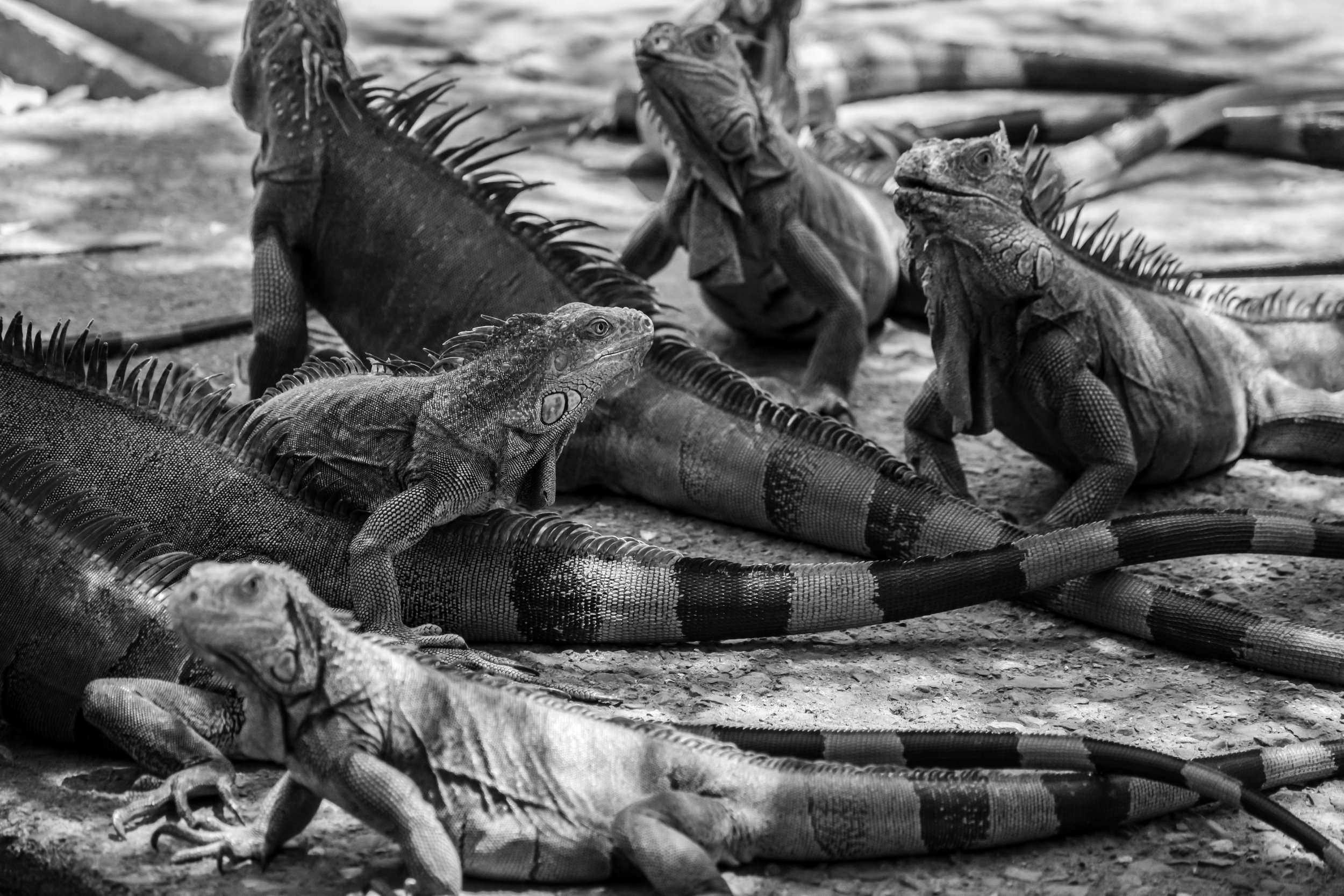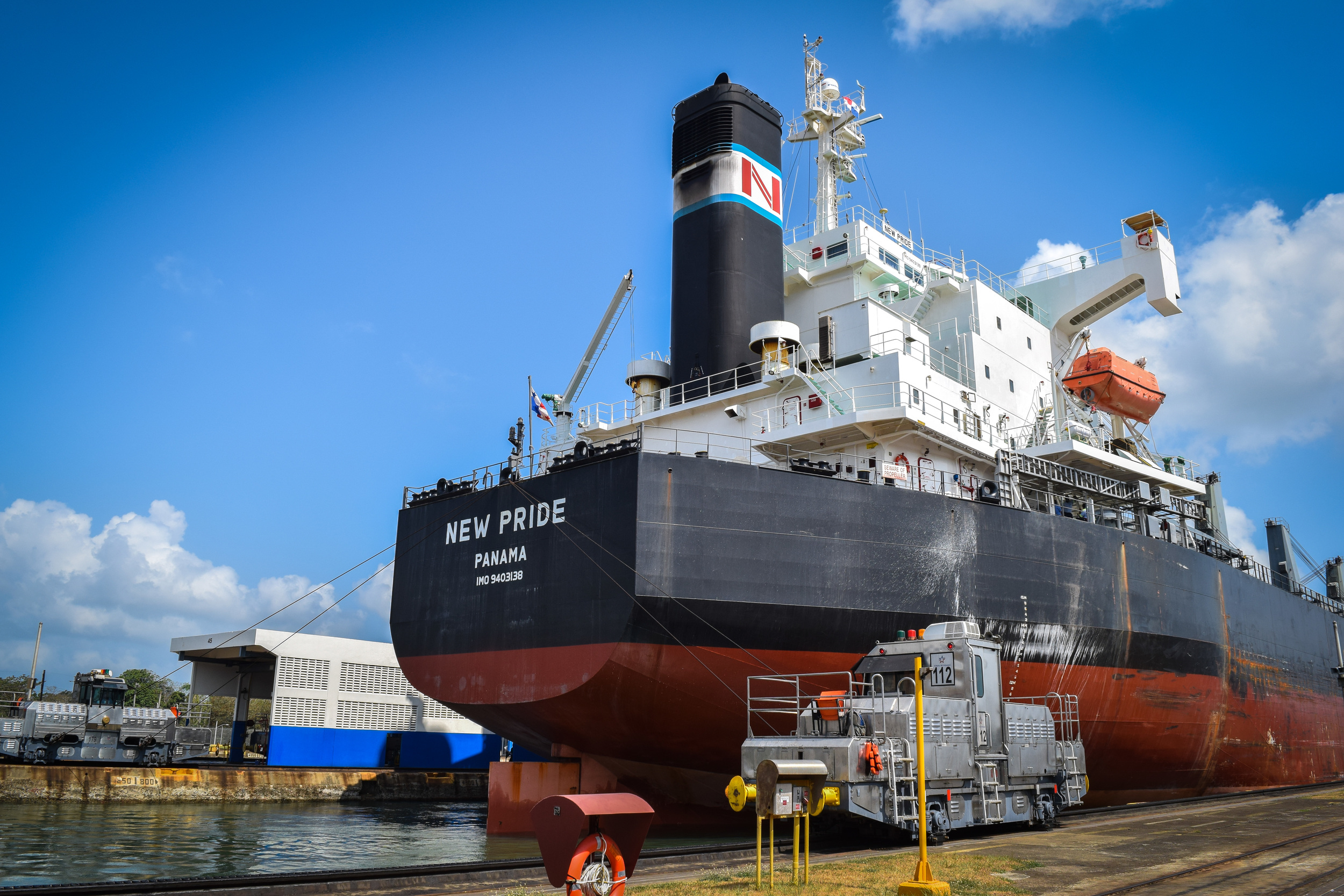Visiting a Cacao House in Costa Rica
As I type these words, reminiscing about my visit to the Tsiru Ue cacao house in Costa Rica, a piece of overly sweet Kit Kat bar is slowly melting in my mouth. All I can think about is how different this refined, processed chocolate is from its natural base ingredient, cacao.
The two are worlds apart.
With no excess sugar or factory refining, and a texture that is hardly as smooth as any popular chocolate bar you would find in your grocery store check out lane, the chocolate produced here in the foothills of the Talamanca Mountains is unlike anything I've ever tasted.
visiting the cacao house
Surrounded by the dense rainforest, where the humidity is intensely thick and sudden downpours start and stop with extreme frequency, the Tsiru Ue cacao house has been producing high quality chocolate for decades.
I was kind of expecting it to be more high tech with refining tools, and other types of machinery you would think to find in a factory that produces chocolates. I was quite surprised when I arrived to find a modest structure with wooden pieces comprising the walls, tin roofs, earthy floors, and spiders the size of fists silently nesting in the darker nooks.
In one corner of the building a small area is used for cacao demonstrations. Rustic chairs made out of tree trunks from the jungle are provided for visitors to watch the presentation. Nearby, a large table displays the multitude of handmade products they have for sale – chocolates with different flavors and spices (mint was my favorite), small handicrafts made by the owners and other locals, coconut oil, and Noni juice, a miracle product that reportedly has the ability to cure almost anything (I didn't try it so you'll have to see for yourself if it's true!).
Living in this building are Priscilla and her mother, two of the women who run the house and give the place its energy, guiding interested visitors through the plantation, sharing their knowledge of cacao production and their family heritage. Their ancestry is that of the Bribri tribe, an indigenous group that originally settled in the Talamanca Mountains, primarily living off the surrounding forested areas with no running water or electricity.
Although life here is still relatively simple, the perks of the modern world are definitely utilized. At the time of my visit, Priscilla was studying university courses as well as upping her knowledge of languages by conversing with international tourists that came to check out the cacao house.
Cocoa Vs. Cacao Vs. Chocolate
Before visiting the cacao house I assumed cacao, cocoa, and chocolate were all basically referring to the same thing, but not so.
Cacao refers to the bean within the fruit of the cacao tree that is grown in tropical regions along the equator, like Costa Rica. The tree produces large football-shaped fruits, cacao pods, and the cacao beans are found inside the pods. These beans are then harvested, fermented, and dried before being roasted and then ground to produce either cocoa butter and cocoa mass for chocolates, or cocoa powder, often used in baked goods or hot chocolate.
Cacao history in Costa Rica
The cacao bean, which is harvested from the cacao tree, has a long history in Costa Rica. The tiny brown seeds were originally used as currency by the indigenous people prior to the arrival of the Europeans in the Americas, and continued to be a form of currency into the beginning of the twentieth century.
During the late 1970s, many cacao plantations in Costa Rica were almost completely wiped out due to diseases, including Moniliophthora Roreiri fungus (also known as Monilia), which severely damaged the crops. The fungus devastated 80% of Costa Rica’s cacao crop, forcing nearly all of the country’s small growers to abandon their farms and find a new livelihood. Many plantations on the Pacific side began to favor ranching, while the country’s Caribbean side, once covered in cacao plantations, was replanted with bananas, one of the country’s main exports today.
Before the Monilia virus spread throughout the country, there were more than 10,000 hectares of cacao trees planted in Costa Rica. Today, despite disease prevention methods and advanced technology, cacao plantations cover slightly more than 4,500 hectares.
Should you visit the cacao house?
In short, yes! At the cacao house, the stories of chocolate production and the history of the Bribri tribe meet, and through watching the demonstration and learning about the industry, you'll find out just how this plant has shaped the history of Costa Rica, and is still shaping society today.
Getting there
The cacao house is located directly on the #36 highway in the foothills of the Talamanca Mountains. Drive south from Cahuita and take a right at the turn off prior to entering Puerto Viejo. Alternatively, you can take the stress out of driving and visit the cacao house as part of a day tour with Willie's Tours, which is the company I went with. They are friendly, knowledgeable, and reasonably priced.
If you're feeling really adventurous and have some time to spend in Costa Rica, why not consider renting out this jungle retreat AirBnB located just down the street from the cacao house? It might not be for everyone, but it sure would be an experience to remember.


